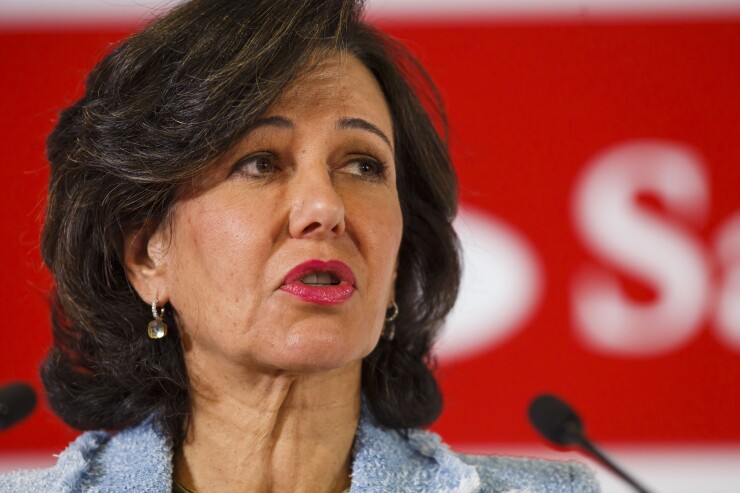Receiving Wide Coverage ...
Whatever it takes
The Federal Reserve announced three new lending facilities Tuesday “to unclog credit markets,” including “unlimited purchases of Treasury and mortgage securities, an action that will swell the Fed’s balance sheet this week beyond the $4.5 trillion peak reached in 2014,” the Wall Street Journal reports. The Fed also resurrected the Term Asset-Backed Securities Loan Facility, or TALF, “which the central bank in 2008 used to support consumer and business credit markets. The Fed will lend money to investors to buy securities backed by credit card loans and other consumer debt.”
In addition, it announced two new programs to “support lending for large companies, an unprecedented step for the Fed. One will address the lack of new financing in the roughly $6 trillion market for highly rated corporate debt by offering bridge loans for up to four years," the paper says. "A second facility is aimed at unblocking the market for existing corporate debt, allowing the Fed to purchase bonds already issued by highly rated companies and eligible exchange-traded funds.”
The Fed “also said it would soon roll out a Main Street Business Lending Program that will support
“The Federal Reserve is committed to using its full range of tools to support households, businesses, and the U.S. economy overall in this challenging time,” the Fed said, the Financial Times reports. “Aggressive efforts must be taken across the public and private sectors to limit the losses to jobs and incomes and to
Economists are calling the Fed’s moves as doing “whatever it takes” and “throwing the kitchen sink” at markets, the Washington Post says. New York Times
“Taken together, the Fed’s aggressive actions over the last week to shore up liquidity are an unprecedented commitment from the nation’s central bank to
The Fed is leaning on America’s thousands of
Bigger bill
Goldman Sachs said it has spent nearly $1.9 billion — almost twice as much as it announced just last Friday — “to shore up liquidity in two of its prime money market funds after a rush of outflows," the FT reports. "Regulatory filings updated on Monday show Goldman paid $1.5 billion to buy securities from its Square Money Market Fund last week, and another $390 million to buy assets from its Square Prime Obligations Fund.”
Mortgage mess
Mortgage companies “are bracing for a severe cash crunch when Americans who lose jobs and income because of the coronavirus pandemic stop making payments on their home loans,” the Journal reports. “The
The American Bankers Association, the Mortgage Bankers Association and the Housing Policy Council “have come up with a plan to help borrowers who can’t pay because of the economic fallout from the coronavirus — and they want the federal government to backstop it,” the New York times reports. Otherwise, they warn, “their efforts to help homeowners
“The more consumers we help through forbearance, and the longer this goes on, the greater the strain on the servicers needed to foot the bill,” the groups said in a letter to Treasury Secretary Steven T. Mnuchin and other federal officials.
Financial Times
Giving back
Santander chairman Ana Botín “said she has taken a 50% pay cut this year to back a €25 million medical equipment fund the Spanish bank is creating to

The bank’s CEO José Antonio Alvarez “will also contribute half his final salary and bonus for this year to the fund, which will purchase medical equipment and protective clothing among other items.”
Go home
Bank of America said its “traders can execute orders from home after an employee backlash over the number of people still working” at the bank’s New York City headquarters, the paper reports. “A memo sent to staff in BofA’s global markets division on Monday said traders would be
Quotable
“This is the first time they’ve really





